A review of innovative technology in chronic disease
DOI: 10.23977/medsc.2024.050507 | Downloads: 16 | Views: 802
Author(s)
Li Zhuoying 1, Wasana Ruaisungnoen 1, Thiwawan Thepha 1, Parichat Wonggom 1
Affiliation(s)
1 Department of Adult Nursing, Faculty of Nursing, Khon Kaen University, Khon Kaen, Thailand
Corresponding Author
Li ZhuoyingABSTRACT
The COVID-19 pandemic has posed significant challenges for individuals with chronic non-communicable diseases (NCDs), disrupting traditional healthcare access. This study explores the impact of telemedicine and mobile applications on managing chronic NCDs during the pandemic, focusing on their roles in improving care, reducing exposure risks, and empowering patients. The aim was to evaluate the outcomes of innovative technologies on healthcare utilization, health behavior, disease outcomes, and readmission rates during the early phase of the pandemic. A systematic review was conducted, analyzing studies published after the global spread of the disease, with a focus on telemedicine and remote monitoring technologies. The review included experimental and quasi-experimental studies, following PRISMA guidelines. Out of 664 records, five studies met the inclusion criteria, all showing positive effects on chronic NCD management. The findings suggest that telemedicine and mobile applications significantly enhanced disease control, particularly through remote monitoring. However, disparities in adoption and technical barriers remain, emphasizing the need for targeted efforts to address socio-economic, educational, and geographical inequalities to ensure equitable and effective management of chronic NCDs.
KEYWORDS
Health utilization, COVID-19, Noncommunicable diseases, Innovative technologyCITE THIS PAPER
Li Zhuoying, Wasana Ruaisungnoen, Thiwawan Thepha, Parichat Wonggom. A review of innovative technology in chronic disease. MEDS Clinical Medicine (2024) Vol. 5: 42-51. DOI: http://dx.doi.org/10.23977/medsc.2024.050507.
REFERENCES
[1] Global NCD Compact 2020-2030. https://www.who.int/initiatives/global-noncommunicable-diseases-compact-2020-2030 (accessed September 3, 2024).
[2] Noncommunicable diseases. https://www.who.int/health-topics/noncommunicable-diseases#tab=tab_1 (accessed September 3, 2024).
[3] Bennett JE, Stevens GA, Mathers CD, Bonita R, Rehm J, Kruk ME, et al. NCD Countdown 2030: worldwide trends in non-communicable disease mortality and progress towards Sustainable Development Goal target 3.4. The Lancet 2018; 392:1072–1088.
[4] Ramesh S, Kosalram K. The burden of non-communicable diseases: A scoping review focus on the context of India. J Educ Health Promot 2023; 12:41.
[5] Yadav UN, Rayamajhee B, Mistry SK, Parsekar SS, Mishra SK. A Syndemic Perspective on the Management of Non-communicable Diseases Amid the COVID-19 Pandemic in Low- and Middle-Income Countries. Front Public Health 2020; 8.
[6] Khera A, Baum SJ, Gluckman TJ, Gulati M, Martin SS, Michos ED, et al. Continuity of care and outpatient management for patients with and at high risk for cardiovascular disease during the COVID-19 pandemic: A scientific statement from the American Society for Preventive Cardiology. Am J Prev Cardiol 2020;1.
[7] Pal R, Bhadada SK. COVID-19 and non-communicable diseases. Postgrad Med J 2020;96.
[8] Sanyaolu A, Okorie C, Marinkovic A, Patidar R, Younis K, Desai P, et al. Comorbidity and its Impact on Patients with COVID-19. SN Compr Clin Med 2020; 2: 1069–1076.
[9] Riou J, Hauser A, Counotte MJ, Althaus CL. Adjusted Age-Specific Case Fatality Ratio during the Covid-19 Epidemic In Hubei, China. January and February 2020. medRxiv 2020; 2020.03.04.20031104.
[10] Gordon Patti K, Kohli P. COVID’s Impact on Non-communicable Diseases: What We Do Not Know May Hurt Us. Curr Cardiol Rep 2022; 24:829–837.
[11] McCalman J, Bailie R, Bainbridge R, McPhail-Bell K, Percival N, Askew D, et al. Continuous Quality Improvement and Comprehensive Primary Health Care: A Systems Framework to Improve Service Quality and Health Outcomes. Front Public Health 2018; 6.
[12] Peyroteo M, Ferreira IA, Elvas LB, Ferreira JC, Lapão LV. Remote Monitoring Systems for Patients With Chronic Diseases in Primary Health Care: Systematic Review. JMIR Mhealth Uhealth 2021;9.
[13] Bhaskar S, Bradley S, Chattu VK, Adisesh A, Nurtazina A, Kyrykbayeva S, et al. Telemedicine as the New Outpatient Clinic Gone Digital: Position Paper From the Pandemic Health System REsilience Program (Reprogram) International Consortium (Part 2). Front Public Health 2020; 8.
[14] Silven A V., Petrus AHJ, Villalobos-Quesada M, Dirikgil E, Oerlemans CR, Landstra CP, et al. Telemonitoring for Patients With COVID-19: Recommendations for Design and Implementation. J Med Internet Res 2020;22.
[15] Monaco A, Palmer K, NHRF-J of M, 2021 undefined. Digital health tools for managing noncommunicable diseases during and after the COVID-19 pandemic: perspectives of patients and caregivers. JmirOrg.
[16] Alsaqer K, Bebis H. Self-care of hypertension of older adults during COVID-19 lockdown period: a randomized controlled trial. Clin Hypertens 2022;28.
[17] Mahoney E, Glezer S, Baccari L, Lebowitz J, Yue W, Klonoff D. Use of a diabetes self-management application in combination with a 4 mm pen needle and its impact on glycemic variability and patient-reported outcomes in people with type 2 diabetes using basal-bolus insulin therapy. Clinical Diabetology 2022;11:156–164.
[18] Pamungkas RA, Usman AM, Chamroonsawasdi K, Abdurrasyid. A smartphone application of diabetes coaching intervention to prevent the onset of complications and to improve diabetes self-management: A randomized control trial. Diabetes and Metabolic Syndrome: Clinical Research and Reviews 2022;16.
[19] Haleem A, Javaid M, Singh RP, Suman R. Telemedicine for healthcare: Capabilities, features, barriers, and applications. Sensors International 2021; 2:100117.
[20] Papandreou P, Gioxari A, Nimee F, Skouroliakou M. Application of clinical decision support system to assist breast cancer patients with lifestyle modifications during the covid-19 pandemic: A randomised controlled trial. Nutrients 2021; 13.
[21] Khan YH, Alzarea AI, Alotaibi NH, Alatawi AD, Khokhar A, Alanazi AS, et al. Evaluation of Impact of a Pharmacist-Led Educational Campaign on Disease Knowledge, Practices and Medication Adherence for Type-2 Diabetic Patients: A Prospective Pre- and Post-Analysis. Int J Environ Res Public Health 2022; 19.
[22] Pamungkas RA, Usman AM, Chamroonsawasdi K, Abdurrasyid. A smartphone application of diabetes coaching intervention to prevent the onset of complications and to improve diabetes self-management: A randomized control trial. Diabetes Metab Syndr 2022; 16.
[23] Khan A, Kurmi O, Lowrie R, Khanal S, Paudyal V. Medicines prescribing for homeless persons: analysis of prescription data from specialist homelessness general practices. Int J Clin Pharm 2022;44:717–724.
[24] Fontecha J, González I, Barragán A, Lim T. Use and Trends of Diabetes Self-Management Technologies: A Correlation-Based Study. J Diabetes Res 2022;5 962001.
[25] Moher D, Liberati A, Tetzlaff J, Altman DG. Preferred reporting items for systematic reviews and meta-analyses: the PRISMA statement. BMJ 2009; 339: 332–336.
[26] Dusetzina SB, Huskamp HA, Keohane LM, Keating NL. Medicare Part D and Insulin Affordability — The Devil Is in the Details. New England Journal of Medicine 2020; 382: 1878–1880.
| Downloads: | 10011 |
|---|---|
| Visits: | 671824 |
Sponsors, Associates, and Links
-
Journal of Neurobiology and Genetics

-
Medical Imaging and Nuclear Medicine

-
Bacterial Genetics and Ecology
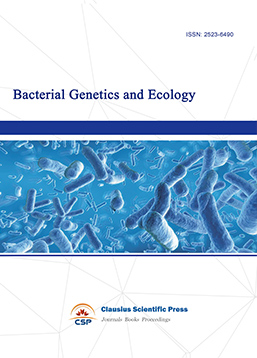
-
Transactions on Cancer
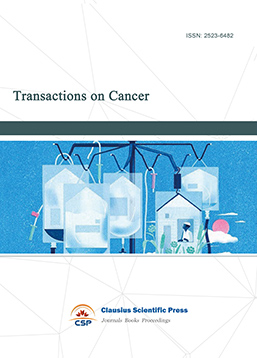
-
Journal of Biophysics and Ecology

-
Journal of Animal Science and Veterinary
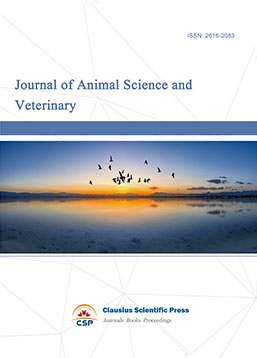
-
Academic Journal of Biochemistry and Molecular Biology

-
Transactions on Cell and Developmental Biology

-
Rehabilitation Engineering & Assistive Technology
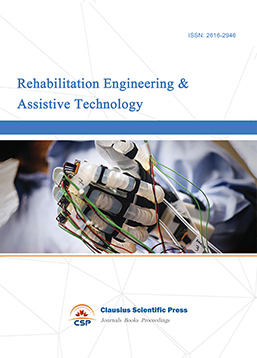
-
Orthopaedics and Sports Medicine
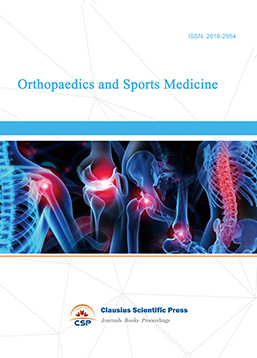
-
Hematology and Stem Cell

-
Journal of Intelligent Informatics and Biomedical Engineering
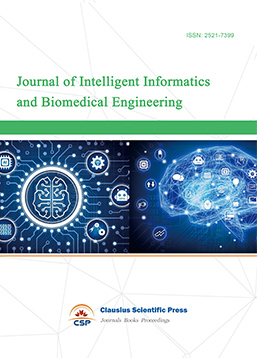
-
MEDS Basic Medicine
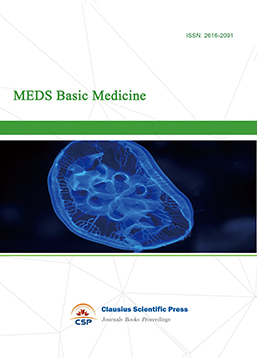
-
MEDS Stomatology
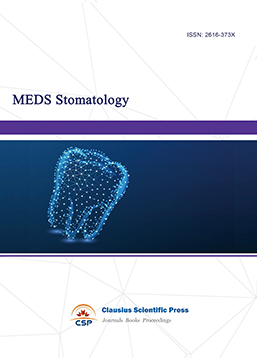
-
MEDS Public Health and Preventive Medicine
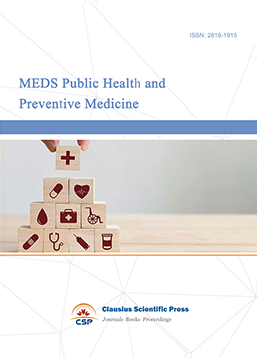
-
MEDS Chinese Medicine
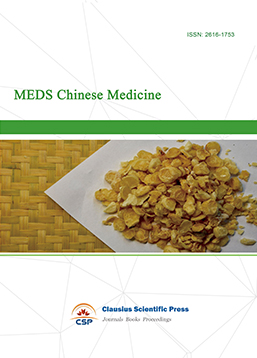
-
Journal of Enzyme Engineering

-
Advances in Industrial Pharmacy and Pharmaceutical Sciences
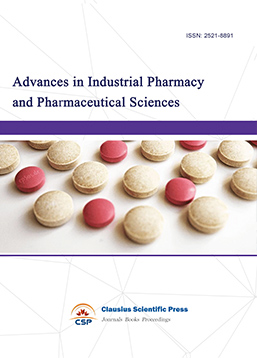
-
Bacteriology and Microbiology
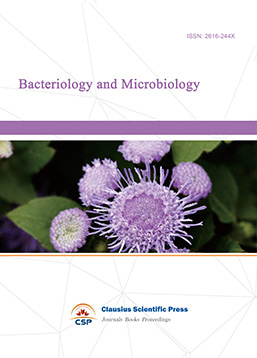
-
Advances in Physiology and Pathophysiology
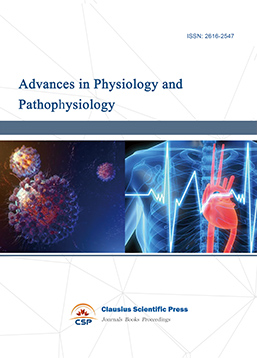
-
Journal of Vision and Ophthalmology
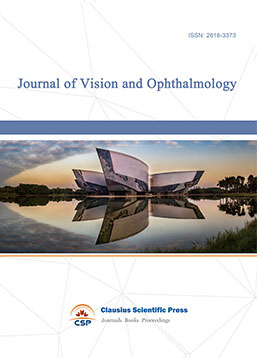
-
Frontiers of Obstetrics and Gynecology

-
Digestive Disease and Diabetes
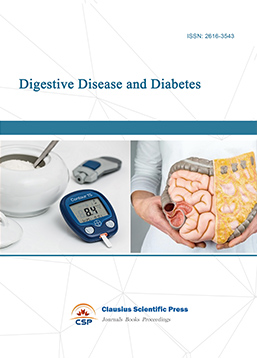
-
Advances in Immunology and Vaccines

-
Nanomedicine and Drug Delivery
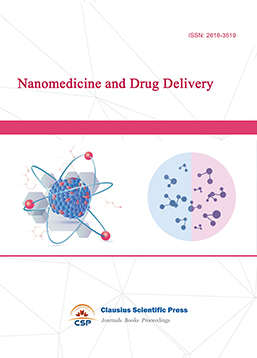
-
Cardiology and Vascular System
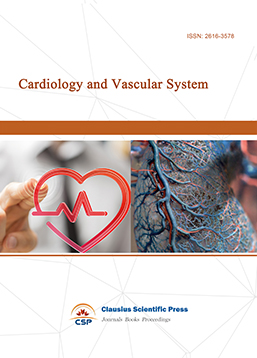
-
Pediatrics and Child Health
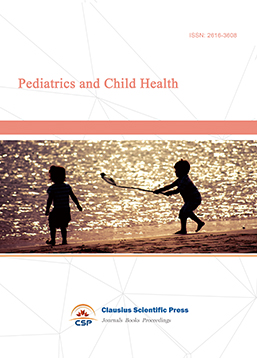
-
Journal of Reproductive Medicine and Contraception
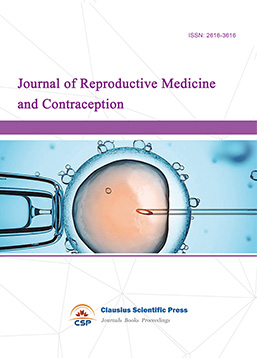
-
Journal of Respiratory and Lung Disease
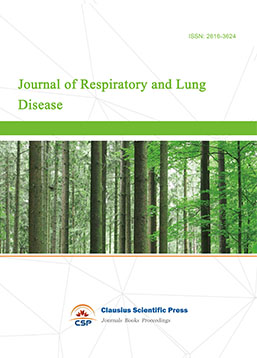
-
Journal of Bioinformatics and Biomedicine
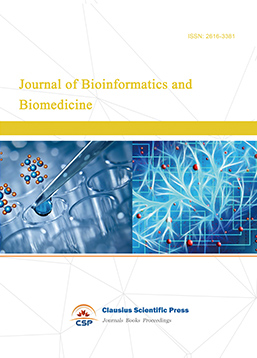

 Download as PDF
Download as PDF